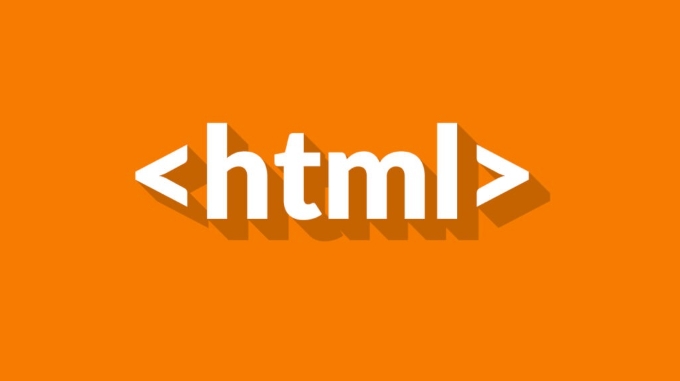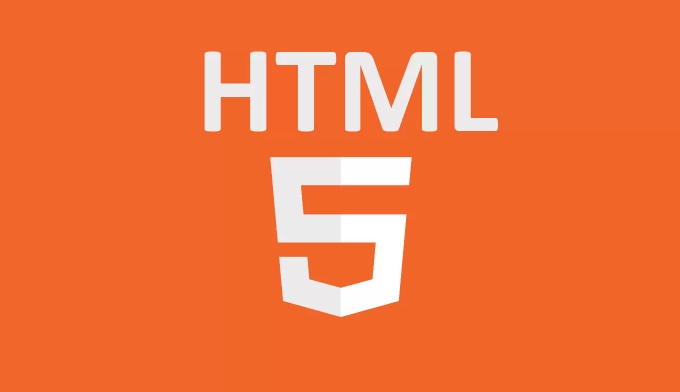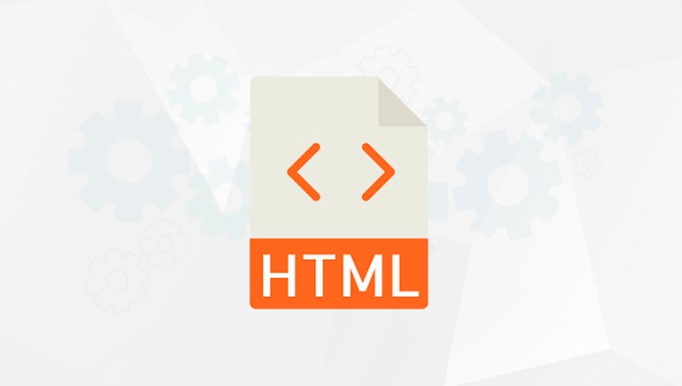A template tag is a placeholder in web development frameworks like Django and WordPress that inserts dynamic content into webpages. It works by using syntax like {{ variable }} or {% tag %}, which the server processes to replace with real-time data—such as usernames or dates—when a page loads. For example, {% load static %} in Django includes static files, while <?php the_title(); ?> in WordPress displays a blog post title. Common uses include displaying dynamic content, including assets, implementing control structures like loops and conditionals, and adding custom logic such as currency formatting. Template tags are found in Django/Python templates, WordPress themes, Liquid (Shopify), and Jinja2, each with its own syntax but a shared goal: separating logic from design to improve maintainability and scalability.

A template tag is a feature in some web development frameworks, like Django and WordPress, that lets you insert dynamic content into a webpage. It's basically a placeholder that gets replaced with actual data when the page loads.

In simpler terms: it’s how developers add variables or functions to HTML templates without hardcoding everything.
How Template Tags Work in Practice
Template tags usually look like this: {{ variable }} or {% tag %} depending on what you're doing. When a user visits a page, the server processes these tags and replaces them with real-time data—like a username, date, or even a block of HTML.

For example:
- In Django, you might see something like
{% load static %}to bring in static files. - In WordPress, a template tag could be
<?php the_title(); ?>which displays the title of a blog post.
These tags help separate logic from design, making websites easier to maintain and scale.

Common Uses of Template Tags
Here are a few typical ways template tags are used:
Displaying Dynamic Content: Things like user names, dates, or comments can change based on who’s viewing the page or what data is available.
Including Files or Assets: You can use a tag to pull in CSS, JavaScript, or other templates instead of repeating code.
Control Structures: Some tags control layout or behavior, like loops or conditionals. For example,
{% if user.is_logged_in %}in Django will show content only to logged-in users.Custom Logic: Developers often create custom template tags for specific tasks, like formatting currency or showing related posts.
If you're working with a CMS or framework, it’s worth checking the documentation for built-in tags—they can save a lot of time.
Where You’ll See Template Tags
You’ll mostly run into template tags in:
- Django/Python Templates
- WordPress Themes (PHP-based tags)
- Liquid (used by Shopify)
- Jinja2 (another Python templating engine)
Each system has its own syntax, but the idea is the same: make templates smart enough to handle changing data without breaking the layout.
That’s the basic idea behind template tags—they’re not complicated, but they’re powerful when used right. If you're building or editing a theme, knowing how to use them can really streamline your workflow.
The above is the detailed content of What is the template tag?. For more information, please follow other related articles on the PHP Chinese website!

Hot AI Tools

Undress AI Tool
Undress images for free

Undresser.AI Undress
AI-powered app for creating realistic nude photos

AI Clothes Remover
Online AI tool for removing clothes from photos.

Clothoff.io
AI clothes remover

Video Face Swap
Swap faces in any video effortlessly with our completely free AI face swap tool!

Hot Article

Hot Tools

Notepad++7.3.1
Easy-to-use and free code editor

SublimeText3 Chinese version
Chinese version, very easy to use

Zend Studio 13.0.1
Powerful PHP integrated development environment

Dreamweaver CS6
Visual web development tools

SublimeText3 Mac version
God-level code editing software (SublimeText3)

Hot Topics
 How do I stay up-to-date with the latest HTML standards and best practices?
Jun 20, 2025 am 08:33 AM
How do I stay up-to-date with the latest HTML standards and best practices?
Jun 20, 2025 am 08:33 AM
The key to keep up with HTML standards and best practices is to do it intentionally rather than follow it blindly. First, follow the summary or update logs of official sources such as WHATWG and W3C, understand new tags (such as) and attributes, and use them as references to solve difficult problems; second, subscribe to trusted web development newsletters and blogs, spend 10-15 minutes a week to browse updates, focus on actual use cases rather than just collecting articles; second, use developer tools and linters such as HTMLHint to optimize the code structure through instant feedback; finally, interact with the developer community, share experiences and learn other people's practical skills, so as to continuously improve HTML skills.
 How do I use the element to represent the main content of a document?
Jun 19, 2025 pm 11:09 PM
How do I use the element to represent the main content of a document?
Jun 19, 2025 pm 11:09 PM
The reason for using tags is to improve the semantic structure and accessibility of web pages, make it easier for screen readers and search engines to understand page content, and allow users to quickly jump to core content. Here are the key points: 1. Each page should contain only one element; 2. It should not include content that is repeated across pages (such as sidebars or footers); 3. It can be used in conjunction with ARIA properties to enhance accessibility. Usually located after and before, it is used to wrap unique page content, such as articles, forms or product details, and should be avoided in, or in; to improve accessibility, aria-labeledby or aria-label can be used to clearly identify parts.
 How do I create a basic HTML document?
Jun 19, 2025 pm 11:01 PM
How do I create a basic HTML document?
Jun 19, 2025 pm 11:01 PM
To create a basic HTML document, you first need to understand its basic structure and write code in a standard format. 1. Use the declaration document type at the beginning; 2. Use the tag to wrap the entire content; 3. Include and two main parts in it, which are used to store metadata such as titles, style sheet links, etc., and include user-visible content such as titles, paragraphs, pictures and links; 4. Save the file in .html format and open the viewing effect in the browser; 5. Then you can gradually add more elements to enrich the page content. Follow these steps to quickly build a basic web page.
 How do I minimize the size of HTML files?
Jun 24, 2025 am 12:53 AM
How do I minimize the size of HTML files?
Jun 24, 2025 am 12:53 AM
To reduce the size of HTML files, you need to clean up redundant code, compress content, and optimize structure. 1. Delete unused tags, comments and extra blanks to reduce volume; 2. Move inline CSS and JavaScript to external files and merge multiple scripts or style blocks; 3. Simplify label syntax without affecting parsing, such as omitting optional closed tags or using short attributes; 4. After cleaning, enable server-side compression technologies such as Gzip or Brotli to further reduce the transmission volume. These steps can significantly improve page loading performance without sacrificing functionality.
 How do I create checkboxes in HTML using the element?
Jun 19, 2025 pm 11:41 PM
How do I create checkboxes in HTML using the element?
Jun 19, 2025 pm 11:41 PM
To create an HTML checkbox, use the type attribute to set the element of the checkbox. 1. The basic structure includes id, name and label tags to ensure that clicking text can switch options; 2. Multiple related check boxes should use the same name but different values, and wrap them with fieldset to improve accessibility; 3. Hide native controls when customizing styles and use CSS to design alternative elements while maintaining the complete functions; 4. Ensure availability, pair labels, support keyboard navigation, and avoid relying on only visual prompts. The above steps can help developers correctly implement checkbox components that have both functional and aesthetics.
 How has HTML evolved over time, and what are the key milestones in its history?
Jun 24, 2025 am 12:54 AM
How has HTML evolved over time, and what are the key milestones in its history?
Jun 24, 2025 am 12:54 AM
HTMLhasevolvedsignificantlysinceitscreationtomeetthegrowingdemandsofwebdevelopersandusers.Initiallyasimplemarkuplanguageforsharingdocuments,ithasundergonemajorupdates,includingHTML2.0,whichintroducedforms;HTML3.x,whichaddedvisualenhancementsandlayout
 How do I use the element to represent the footer of a document or section?
Jun 25, 2025 am 12:57 AM
How do I use the element to represent the footer of a document or section?
Jun 25, 2025 am 12:57 AM
It is a semantic tag used in HTML5 to define the bottom of the page or content block, usually including copyright information, contact information or navigation links; it can be placed at the bottom of the page or nested in, etc. tags as the end of the block; when using it, you should pay attention to avoid repeated abuse and irrelevant content.
 How do I use the tabindex attribute to control the tab order of elements?
Jun 24, 2025 am 12:56 AM
How do I use the tabindex attribute to control the tab order of elements?
Jun 24, 2025 am 12:56 AM
ThetabindexattributecontrolshowelementsreceivefocusviatheTabkey,withthreemainvalues:tabindex="0"addsanelementtothenaturaltaborder,tabindex="-1"allowsprogrammaticfocusonly,andtabindex="n"(positivenumber)setsacustomtabbing






